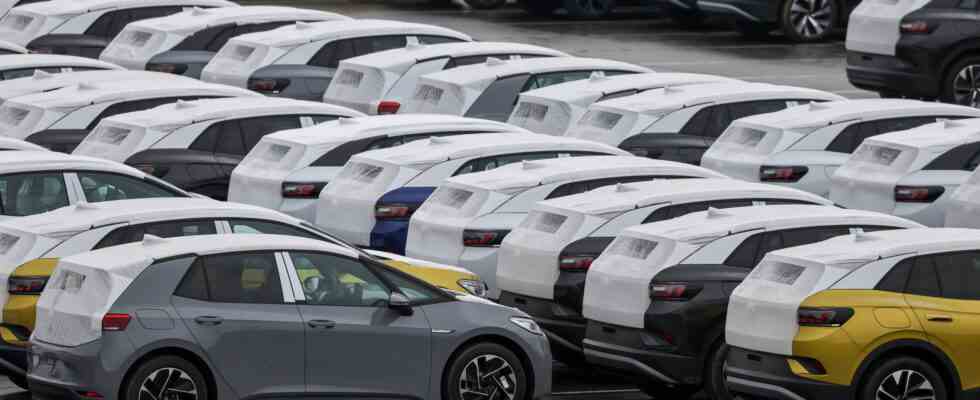Status: 12/21/2022 10:57 am
This year, the federal government has paid out more subsidy awards to owners of electric cars than ever before. He paid 3.2 billion euros in subsidies. In 2023 it should be considerably less.
The German state has supported the purchase of electric cars in recent months with more money than ever before. According to preliminary figures, around 3.2 billion euros went to buyers of around 640,000 vehicles in 2022, as the Federal Office of Economics and Export Control announced today in Eschborn near Frankfurt. This exceeded the 3.1 billion euros for 625,260 subsidized vehicles in 2021 once again.
Lower purchase premiums from January
Since the introduction of the first electric car bonuses in 2016, a total of around 1.64 million cars have been subsidised. The run on the funding pots began in mid-2020, when the environmental bonus that had been in force until then, which was made up of a state share and a manufacturer share, was topped up by a so-called innovation bonus. This doubled the state contribution again, so that buyers could receive a bonus of up to 9000 euros.
The figures include both pure battery vehicles as well as fuel cell cars and so-called plug-in hybrids, which use an electric drive as well as a combustion engine. There will no longer be any state subsidies for such vehicles in the coming year. Subsidies are also falling for pure battery and fuel cell cars.
From 2023, buyers of fully electric cars can receive a maximum of 4,500 euros from the state instead of 6,000 euros if their car is on the sales list for less than 40,000 euros net. For more expensive vehicles up to a net list price of up to 65,000 euros, there are still 3,000 euros instead of the previous 5,000 euros. In addition, there is the subsidy from the manufacturer. Finally, in 2024, the premiums continue to fall.
In addition, the entire subsidy pot is limited to a certain total budget. According to the ADAC, 2.1 billion euros will be available for the promotion of pure electric cars in the coming year and then 1.3 billion euros in 2024. According to an estimate by the automobile club, the 2023 pot will be enough to fund around 460,000 vehicles.
Date of approval is crucial
The changed rules had led to a rush to the admissions offices in the past few weeks, because the admission date alone is decisive for the amount of the subsidy. As a result, the environmental bonus for consumers who recently bought an electric car could be significantly lower than expected – or even completely eliminated.
The leading associations of the automotive industry had therefore recently called on cities, districts and municipalities to “maintain the ability of the vehicle registration offices to work in the last few days of this year so that vehicles with alternative drives can still be registered in the current year”. This is the only way to ensure that car buyers do not go away empty-handed.
Meanwhile, the capping of state subsidies and high electricity prices could end the boom in electric cars. The car expert Ferdinand Dudenhöffer predicts that sales figures will drop from 720,000 cars in the current year to just 362,000 e-cars in 2024. This would almost halve the market share of newly registered cars powered by electricity from 27.8 percent to 14 percent.

